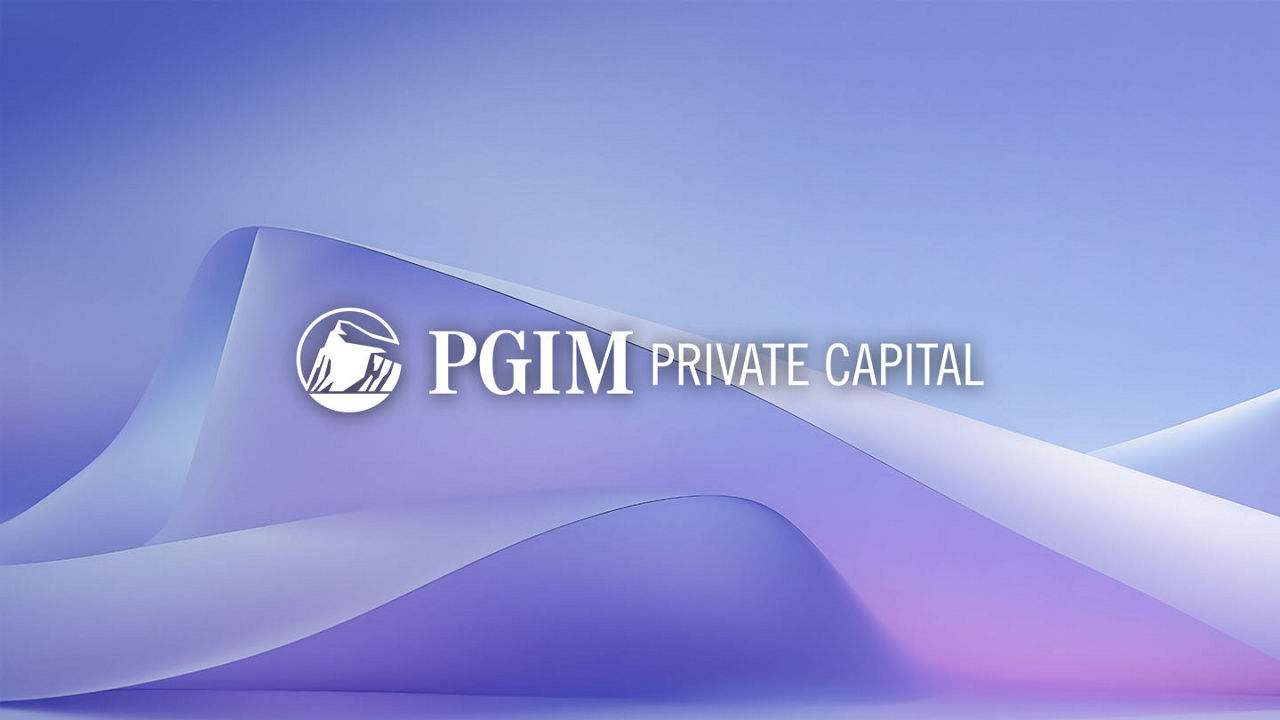Quick Take:
- Total returns in Europe set to improve further due to stable yields and rental growth.
- Liquidity set to rise in 2025 as interest rates fall further and investor sentiment rebounds.
Headline real estate values edged upwards in the second half of 2024 on the back of stable valuation yields and steady occupier market performance. The outlook is for returns to improve further in 2025, supported by declining interest rates and positive income growth.
With inflation moving within target ranges, the European Central Bank (ECB) has been able to decisively embark on its easing cycle. While transaction volumes remain low, investor intention surveys point to a pick-up in deal activity across the next few quarters on the back of a general uptick in sentiment.
Income growth is set to be a key driver of real estate returns over the next few years unlike the last economic cycle when property yields tightened significantly. However, as liquidity improves, there is some additional upside from yields trending slightly lower from today's levels and boosting values. A resilient rental growth outlook is supported by a limited supply environment and improving productivity with city- and submarket-specific factors are shifting into focus, such as elevated space affordability.
Investment opportunities are also becoming more broad-based, even in sectors which have seen significant headwinds such as retail and office, where improved affordability and low supply are boosting rental growth potential. The living sectors are benefiting from strong structural tailwinds linked to the basic need of shelter and rising rental demand on the back of high housing costs, while logistics and data centres are supported by space demand coming from the ongoing trend of digitalisation. There are tactical opportunities too, capitalising on a growing funding gap and short-term cyclical drivers, such as rising tourism demand.
However, risks remain elevated. While the outlook has improved, economic growth is still sluggish, capital inflows to real estate remain low, and the value recovery is yet to get meaningfully underway.
Still, markets linked to the rebound in international tourism offer the potential for improving retail sector fundamentals and the prospect of rising hotel revenues. More broadly, the main driver of capital value growth is rising rents, reflecting expectations of improving economic growth and ongoing low supply growth in the coming years.
-
Investors favour Europe over UK, and infrastructure in focusThe progressive shift from a bank funding to a non-bank funding model is the big theme playing out in Europe.
Read More
-
Jumpstarting European CompetitivenessHeadwinds abound, but the case for European strategic exposure in broadly diversified portfolios still exists.
Read More




